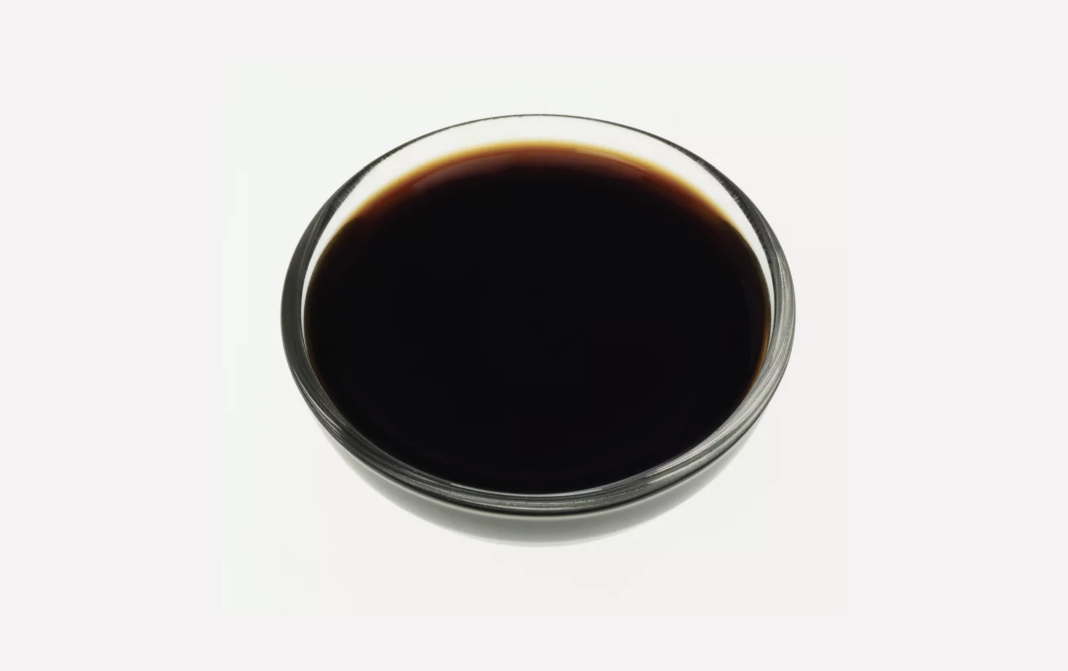


While purchasing Balsamic vinegar, choose from varieties available according to the requirement. Avoid the very cheap ones as they are just an imitation of real balsamic vinegar. It is best to choose those packaged in glass bottles than in plastic ones.
Balsamic vinegar may cause allergies in some people. It may also cause digestive distress from over-consuming it alongwith throat inflammation and damage to the food pipe.(2)
- Disclaimer
"Information here is provided for discussion and educational purposes only. It is not intended as medical advice or product or ingredient review/rating. The information may not apply to you and before you use or take any action, you should contact the manufacturer, seller, medical, dietary, fitness or other professional. If you utilize any information provided here, you do so at your own risk and you waive any right against Culinary Communications Private Limited, its affiliates, officers, directors, employees or representatives.”
Description
Balsamic vinegar is a dark coloured, strong, but sweet variety of grape vinegar whose origins lie in Italy. It is obtained from white Trebbiano grapes, which are first pressed to extract juice, referred to as "must" which is then boiled and finally left to be aged for years in wooden barrels. The barrels can be from different woods, such as mulberry, oak, cherry, chestnut, juniper which add to the flavour of the vinegar. Once the vinegar matures, it's removed from the barrels, distilled and then collected. Then it is packaged and sold. Balsamic vinegar has its roots in Modena and Reggio-Emilia, two regions in Italy where strict protocols are followed to maintain the quality of balsamic vinegar. They always stamp their balsamic vinegar with an official seal, indicating authenticity and high quality. They have also termed it as Aceto Balsamico Tradizionale, or traditional balsamic vinegar (TBV). However, balsamic vinegar is of many types apart from this, which include: 1) Balsamic Vinegar of Modena PGI —This vinegar is obtained from the Modena region of Italy, which can be used for everyday cooking. The PGI label is the short form of Protected Geographic Indication and it totally conforms to European Union (EU) production regulations. 2) Balsamic Condiment- this vinegar is for everyday use which may or may not be sourced from Italy. This may be a genuine or imitation balsamic vinegar, which includes usual vinegar with added thickeners and sweeteners. 3) White Balsamic Vinegar — It is similar to the original balsamic vinegar but has a light golden color. 4) Balsamic Glaze — This includes regular balsamic vinegar to which sweeteners and thickeners are added which makes it thick and syrupy.